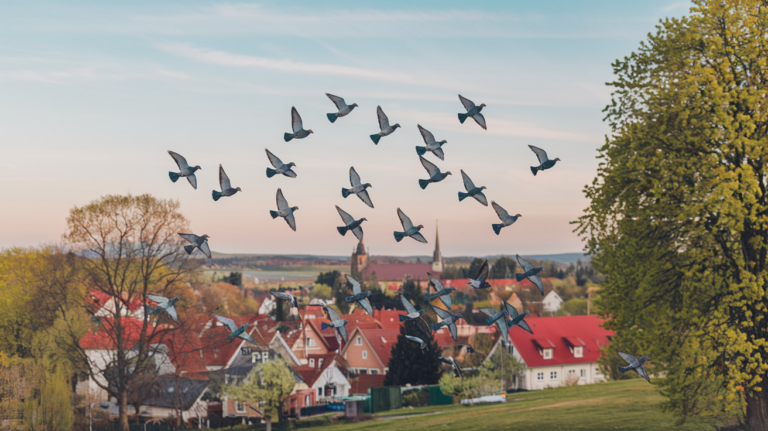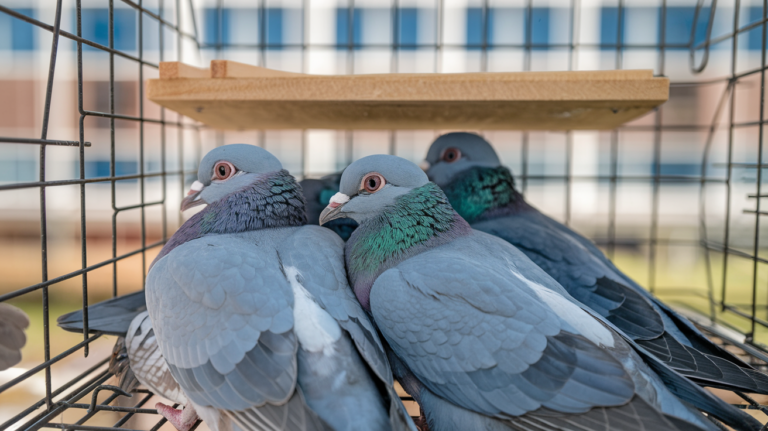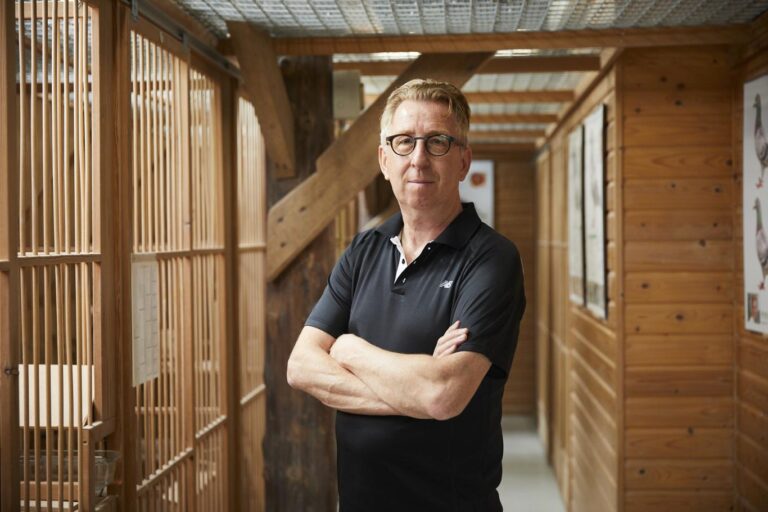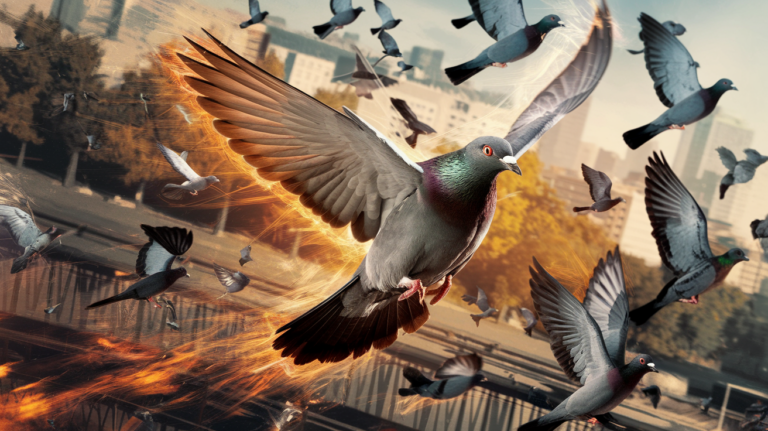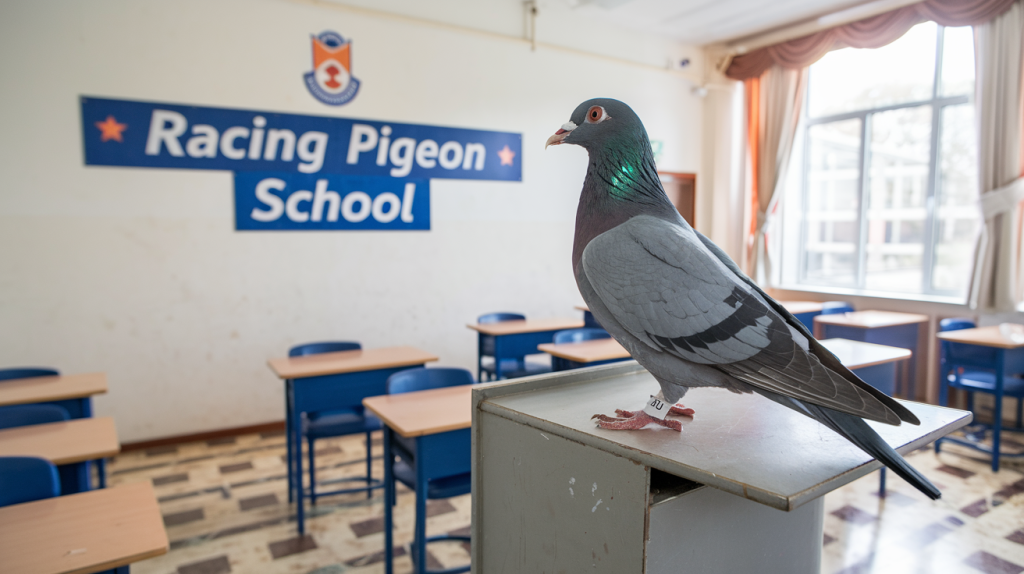
Racing pigeons don’t just become champions by chance—it takes a structured, year-round approach to training. What I like to call “Racing Pigeon School” isn’t just a seasonal program; it’s a 365-day commitment designed to teach pigeons the skills they need to excel in competitive racing. While some fanciers train their birds inconsistently, true success comes from daily discipline, repetition, and structure. This racing pigeon training system is used by top fanciers worldwide and ensures that pigeons develop the habits, conditioning, and trust needed to perform at their peak.
The Annual Racing Pigeon Training Schedule
Pigeon training follows a strict yearly schedule, with each phase of development carefully planned. Here’s a breakdown of key milestones:
Key Dates in Racing Pigeon Training (Approximate)
- November 1 – All pigeons, especially breeders, undergo medication treatments. Breeding pairs are pre-mated.
- December 1 – Breeding pairs are officially coupled.
- December 10–14 – The first eggs are laid.
- January 1 – First round of young birds hatch.
- January 7–14 – Young birds are banded.
- February 1 – First-round youngsters are weaned.
- February 10 – Second round of eggs hatch.
- March 1 – First-round youngsters begin training around the loft.
- March 10 – Second-round youngsters are weaned.
- April 15 – First-round begins short-distance road training (1–5 miles).
- April 10 – Second-round birds start loft training.
- May 15 – Second-round birds begin road training.
- June 1 – First and second rounds are combined and trained up to 50 miles.
- July 1 – Primary race teams are selected and paired with older widowhood mates. Training intensifies.
- August 1 – Race teams’ eggs and nests are removed. Widowhood training begins.
- September 10 – Young Bird Race Series starts (100 miles).
- October 31 – Young Bird Race Series ends.
- November 1 – The process starts all over again.
This schedule ensures consistent progress throughout the year and sets the foundation for developing elite racing pigeons.
The Importance of Daily Training
Unlike human education, there are no breaks in Racing Pigeon School—no summer vacations, no holidays off. That doesn’t mean fanciers can’t take personal time away, but the birds require daily care, clean lofts, fresh food and water, supplements, and regular health maintenance.
A structured system reduces stress and confusion for pigeons, helping them adapt quickly and perform better.
Why Small Race Teams Perform Better
Just like in human classrooms, smaller groups mean better education. One teacher can only give quality attention to so many students at a time. The same applies to pigeons—large teams can become overwhelming, leading to inconsistent training and reduced results.
For optimal education and training:
- Race teams should be limited to 20–25 birds (unless you have extra help).
- Consistent handling and training improve results.
- Focusing on quality over quantity produces better race-day performance.
Teaching Pigeons: A Skill Many Fanciers Overlook
Training racing pigeons isn’t just about physical conditioning—it’s about education. Many fanciers struggle to teach their birds effectively, either because they don’t recognize its importance or they lack the necessary skills.
Some mistakenly believe that pigeons will figure it out on their own, but that’s far from the truth. Without structured guidance, young birds rely on trial and error, which can lead to inconsistent results and slower development.
In Belgium, one of the world’s strongest pigeon racing nations, Racing Pigeon School is a universal standard. Every fancier follows a structured racing pigeon training system, ensuring their birds receive proper education to compete in races governed by national organizations like the KBDB.
Why Many Fanciers Struggle to Teach Pigeons (and New Fanciers)
It’s common to hear new fanciers complain that experienced pigeon racers won’t share their knowledge. While some believe this secrecy is intentional, the truth is often much simpler—many fanciers don’t know how to teach their birds effectively and, therefore, struggle to explain their methods to others.
Successful fanciers, such as Ad Schaerlaeckens, Filip Herbots, Antoine Jacops, and Mike Ganus, understand that education is key. Many of them have backgrounds in teaching or structured learning, which gives them an edge in training their birds.
Start Training Early and Stay Consistent
If you have young birds in the loft, now is the time to start training. The earlier you introduce structured learning, the more successful your pigeons will be.
- Teach them daily.
- Use repetition to reinforce learning.
- Ensure their environment is consistent and structured.
- Follow a proven system.
Great racing pigeons aren’t born—they’re trained, conditioned, and educated. The fanciers who take Racing Pigeon School seriously are the ones who consistently place at the top of the race sheet.


